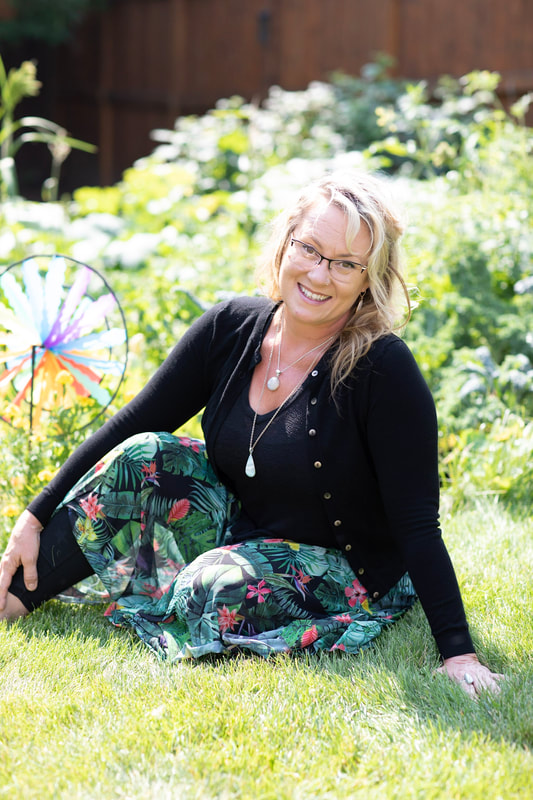|
The breath is a powerful source of transformation. The rate and rhythm of the breath are intimately connected to our mental & emotional states (Brown, Gerbarg, 2012). Just as the emotions and the mind cause the breath to vary, by consciously controlling the breath, we gain control over our mind and our emotions (Trinity College Dublin. 2018).
In my Art Therapy practice, one of the first things I pay attention to when I first see a client is how they are breathing. Noticing the breath says a lot about how a person is feeling in the moment. Notice how you are breathing right now. Is your breath shallow and regulated to the upper chest? Or is it deep and concentrated in the belly? How do you feel in this moment? One way to stabilize one’s self when feeling a sense of anxiety or stress (where the breath becomes shallow and centralized in the upper chest) is to stop and focus your attention on the breath filling the lower belly with deep inhales through the nose (Bhajan, 2010). Combining this modality of breath-work with the eye gaze by noticing ten things in the room and mentally or aloud saying their colour and what they are, as well as pressing the feet into the floor, will activate your parasympathetic nervous system and bring you into a feeling of calmness (Brantley & el 2007).
0 Comments
Both Art Therapy and Kundalini Yoga share the powerful healing effect of integrating the left and right hemispheres of the brain. Typically the left side of the brain rules the orderly, statistical, mathematical, logical, practical, rational way of thinking, seeing things in straight lines. The right side of the brain represents passion, experience of taste and feelings, creativity, free spirit, imagination, yearning, sensuality, movement, vivid colours and the senses.
Without activities that stimulate integration within each side of the brain, it is difficult for one side to make sense of how the other sees things. You cannot put feelings and expressions into boxes as the left hemisphere would require, they will become restricted; they must be felt to truly be experienced. Subsequently, the right brain also has difficulty making sense of how the left-brain sees things. As a society, we tend to be mostly left brain dominant and this causes an imbalance that can create a great disruption in the natural flow of everyday living. This is why it is so important to create integration and balance within both sides of the brain. |
AuthorCharmaine Husum runs a private Art Therapy practice online and in Calgary Alberta. She is also an Artist, Kundalini Yoga teacher and trained in the somatic approach of Integrative Body Psychotherapy, Reiki and Mystical Integration. Her current research enthusiasms are in neuroplasticity, neuroscience, epigenetics, mystical integration and intergenerational trauma; on which she is currently writing a book and creating online courses. She specializes in working with trauma and symptoms of PTSD and C-PTSD as well as Autism, Depression, Anxiety, Eating Disorders, Addiction and other mental health symptoms. Archives
July 2023
Categories
All
|
"Sometimes the smallest step in the right direction
ends up being the biggest step of your life.
Tip toe if you must but take the step".
- Naeem Callaway
© 2022-24 Centre of the HeArt
Website Design By: IA Creative
Website Design By: IA Creative


 RSS Feed
RSS Feed



